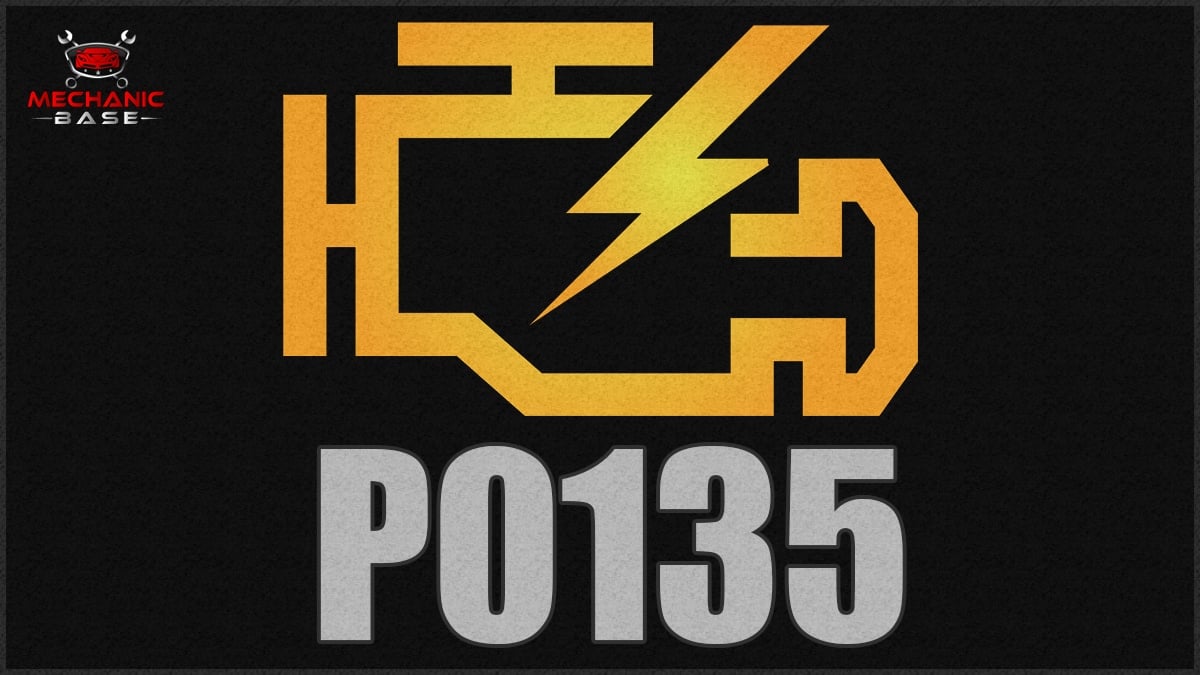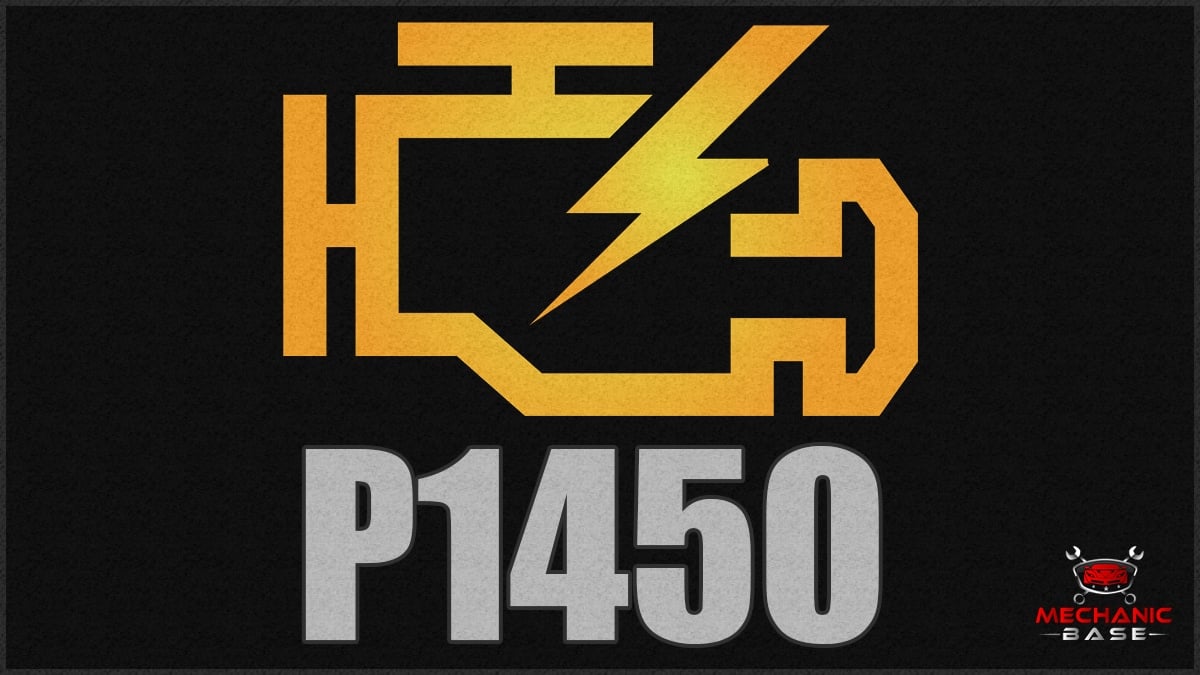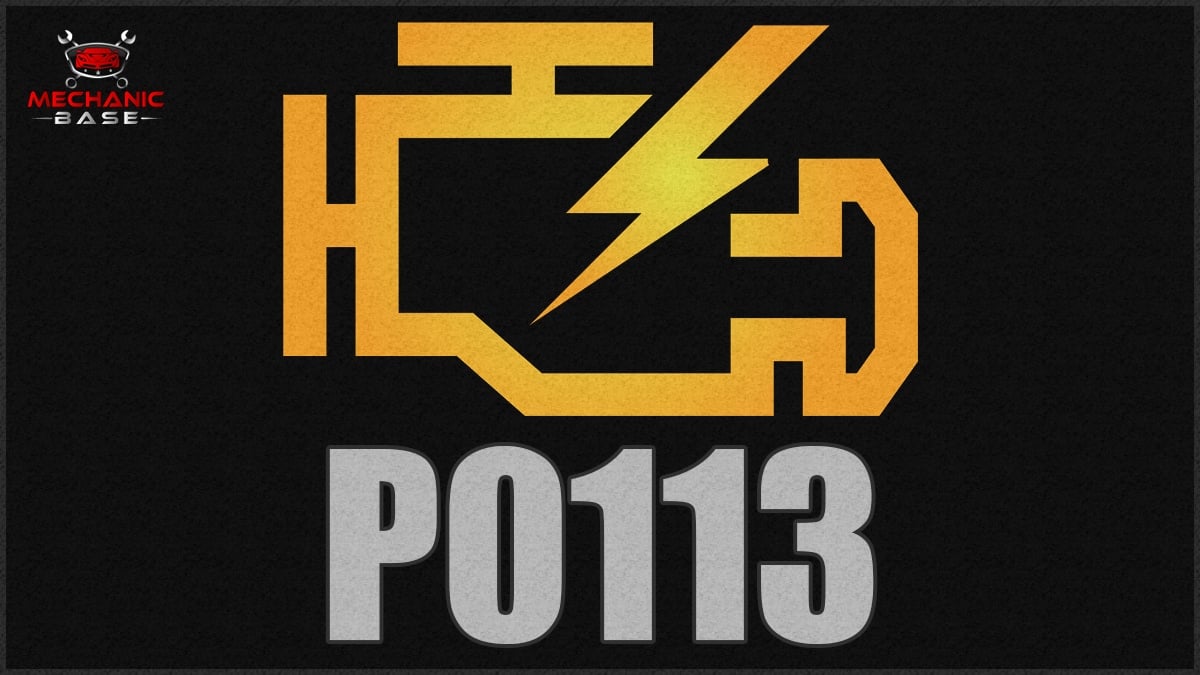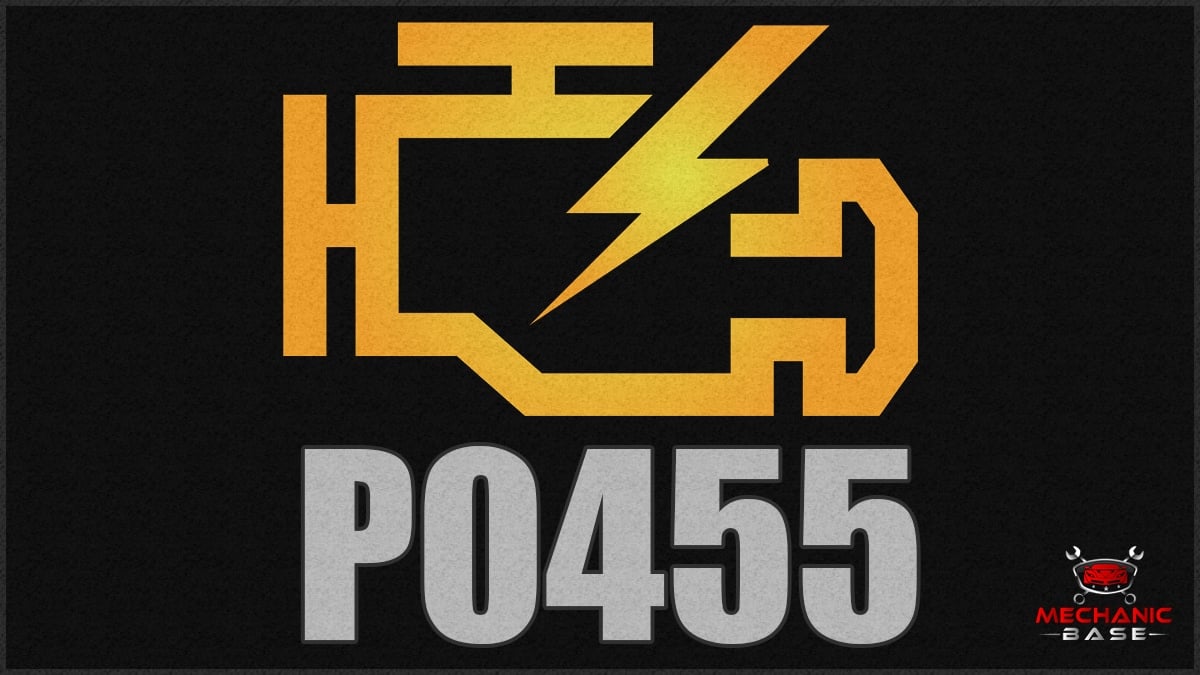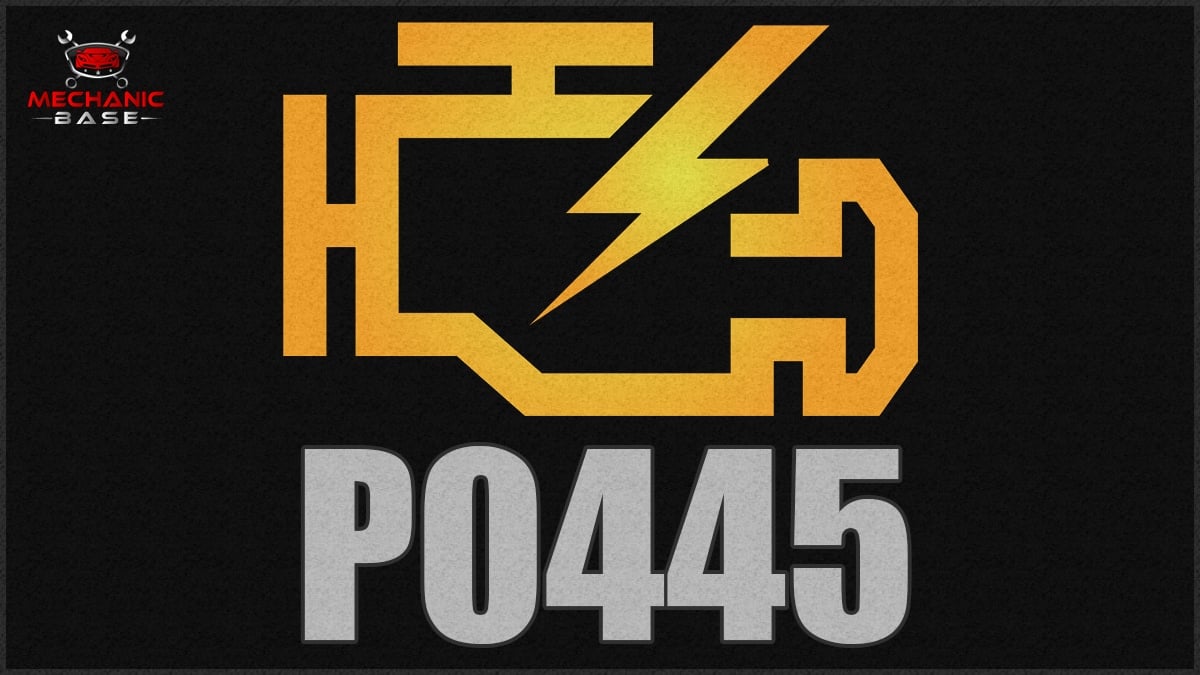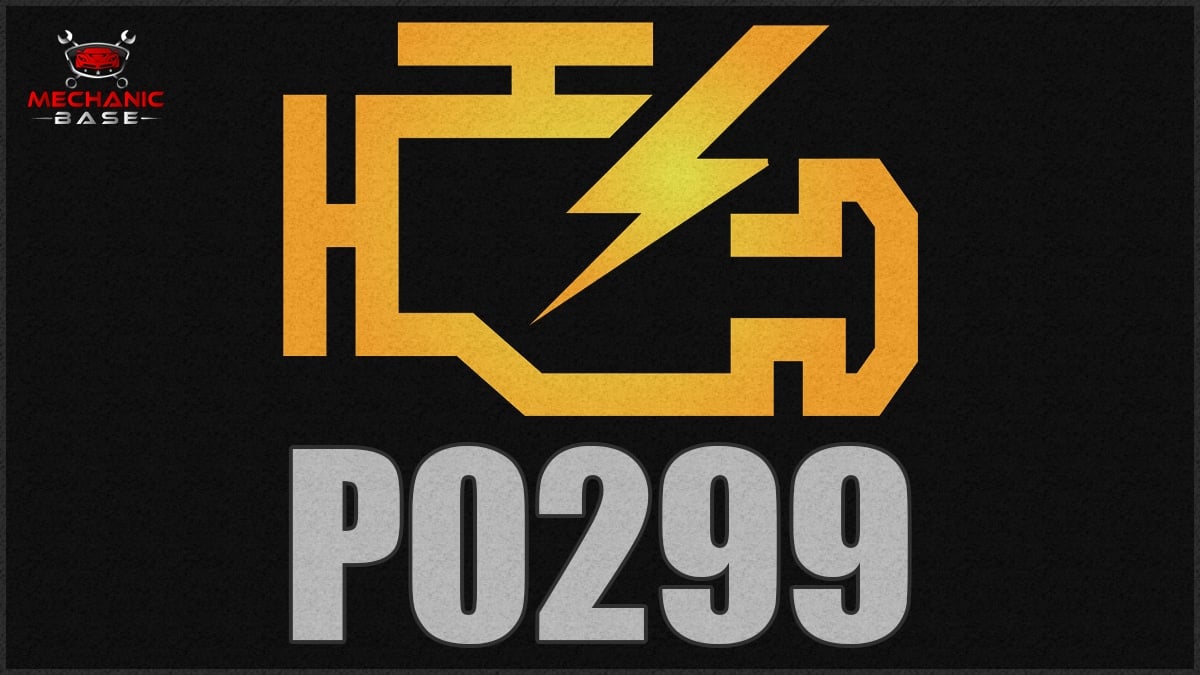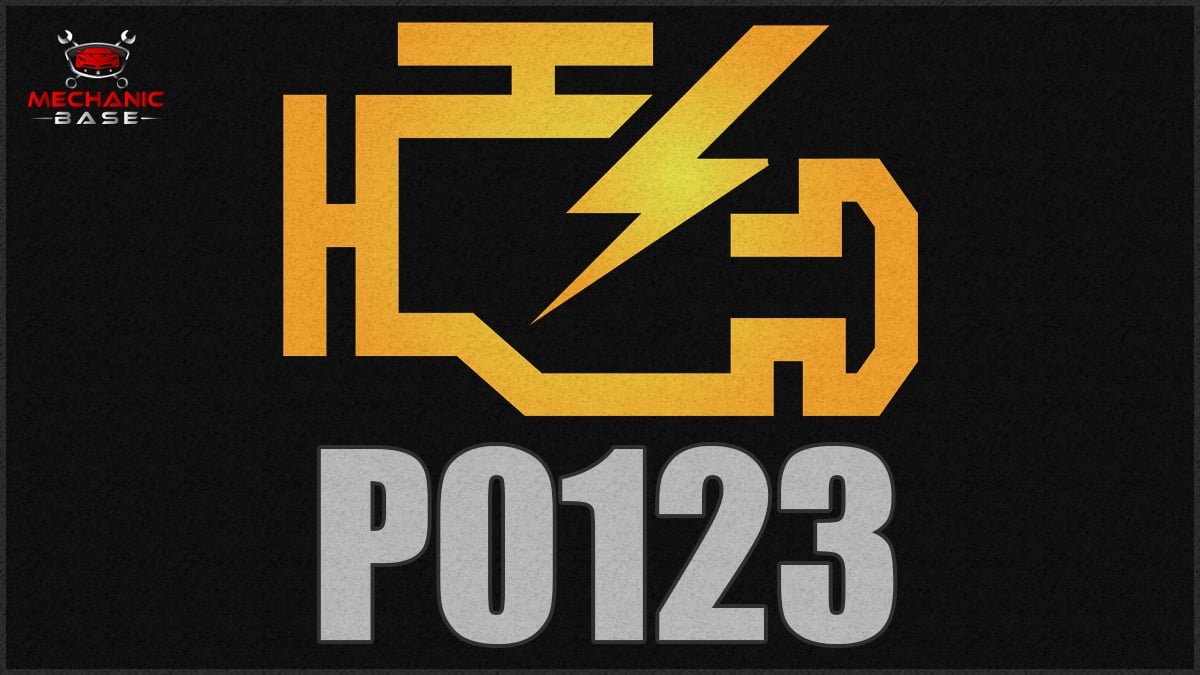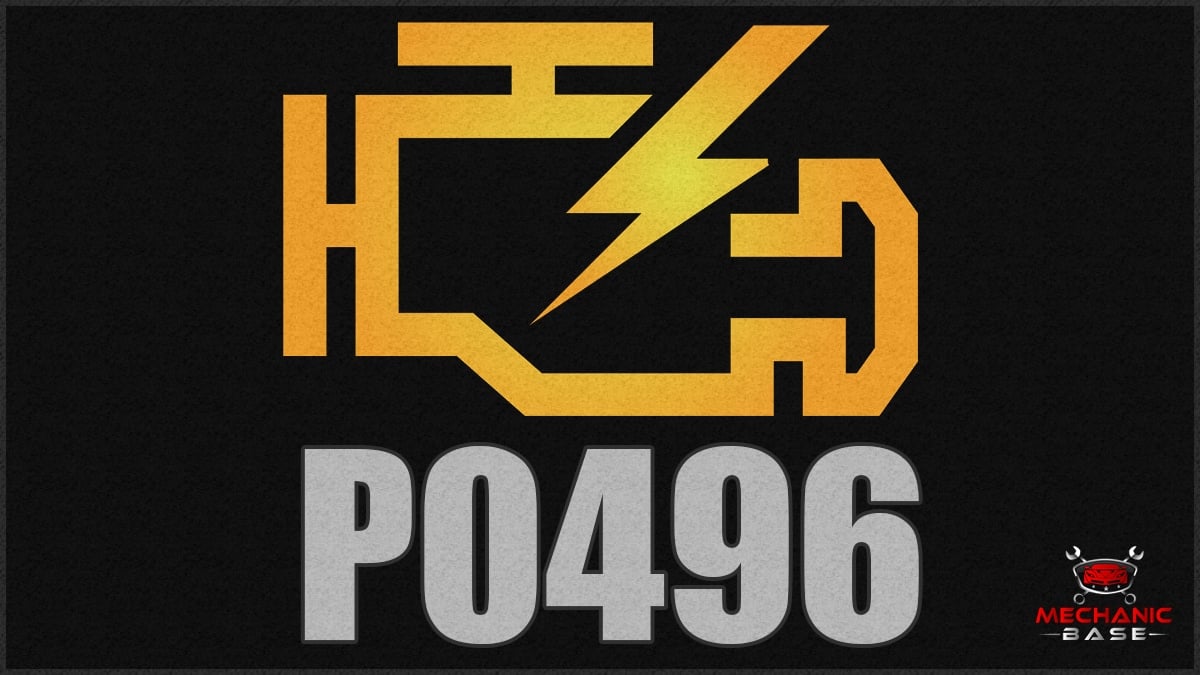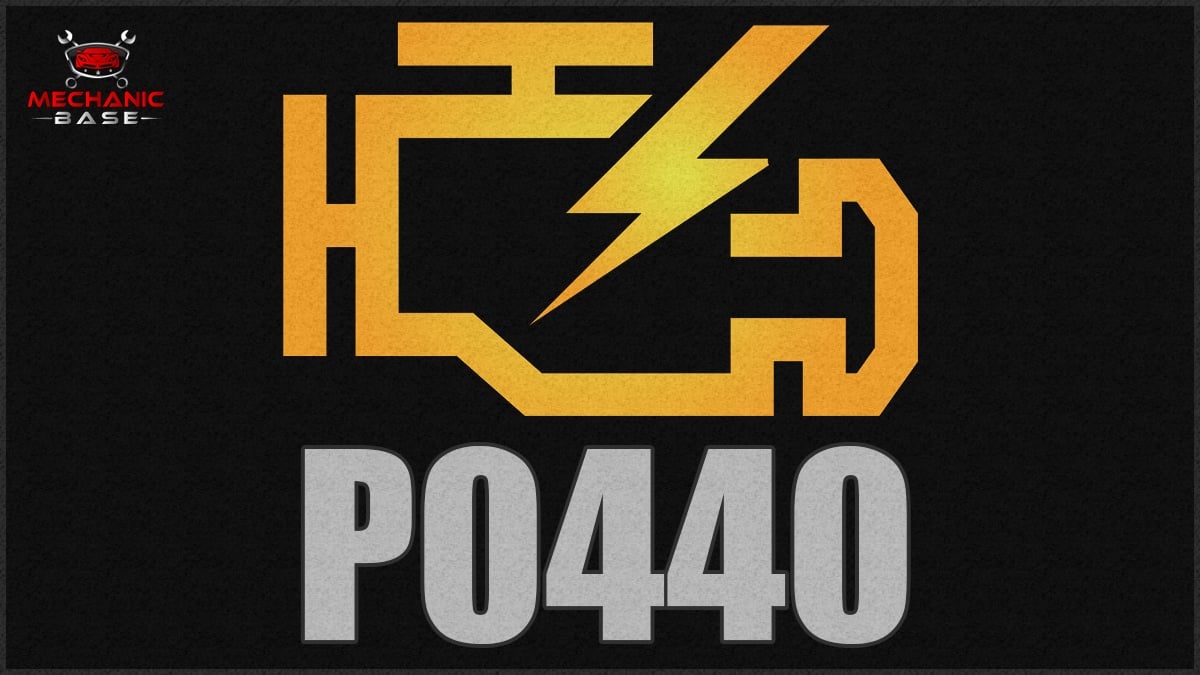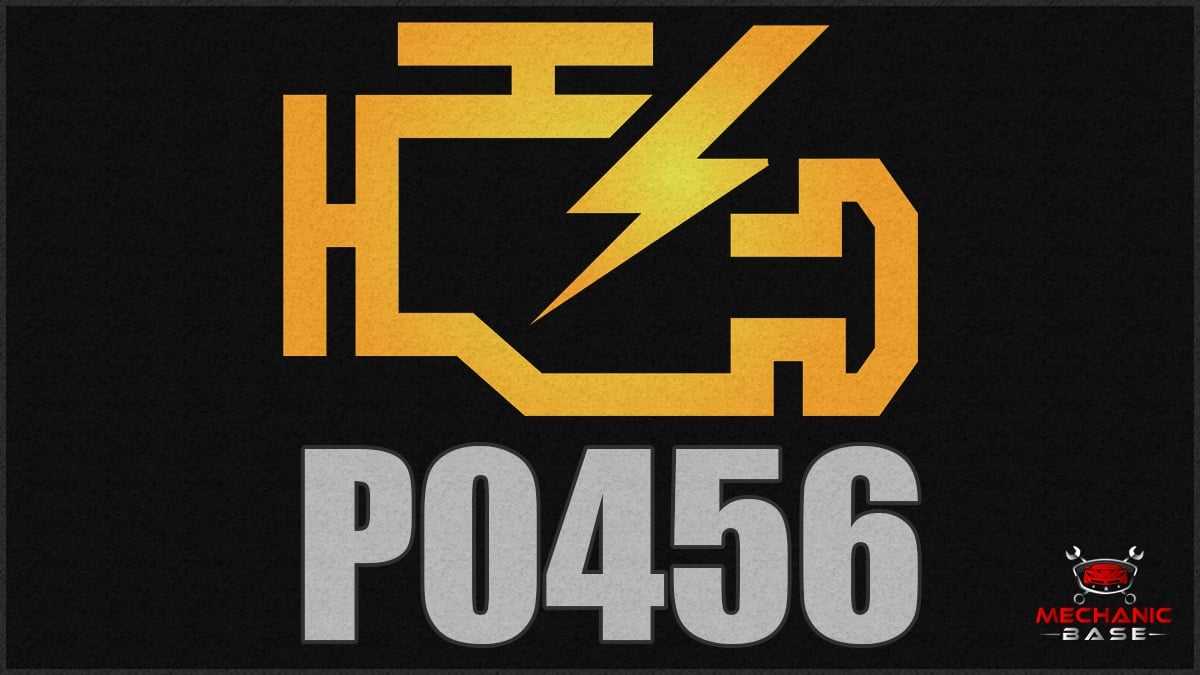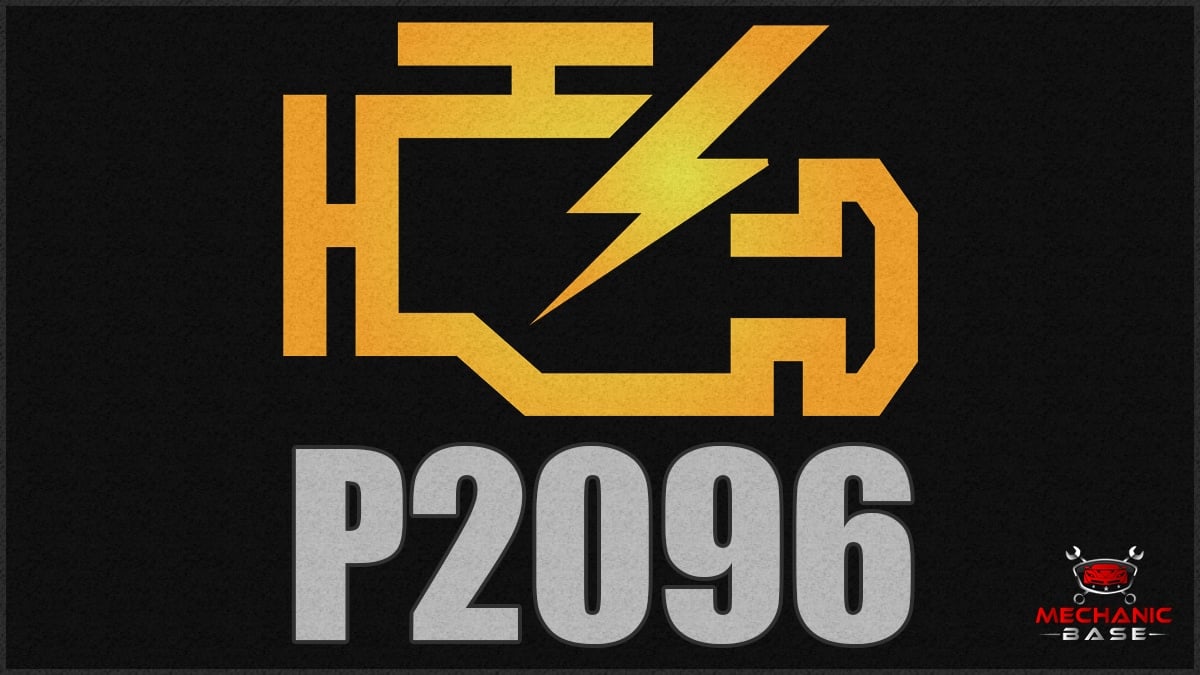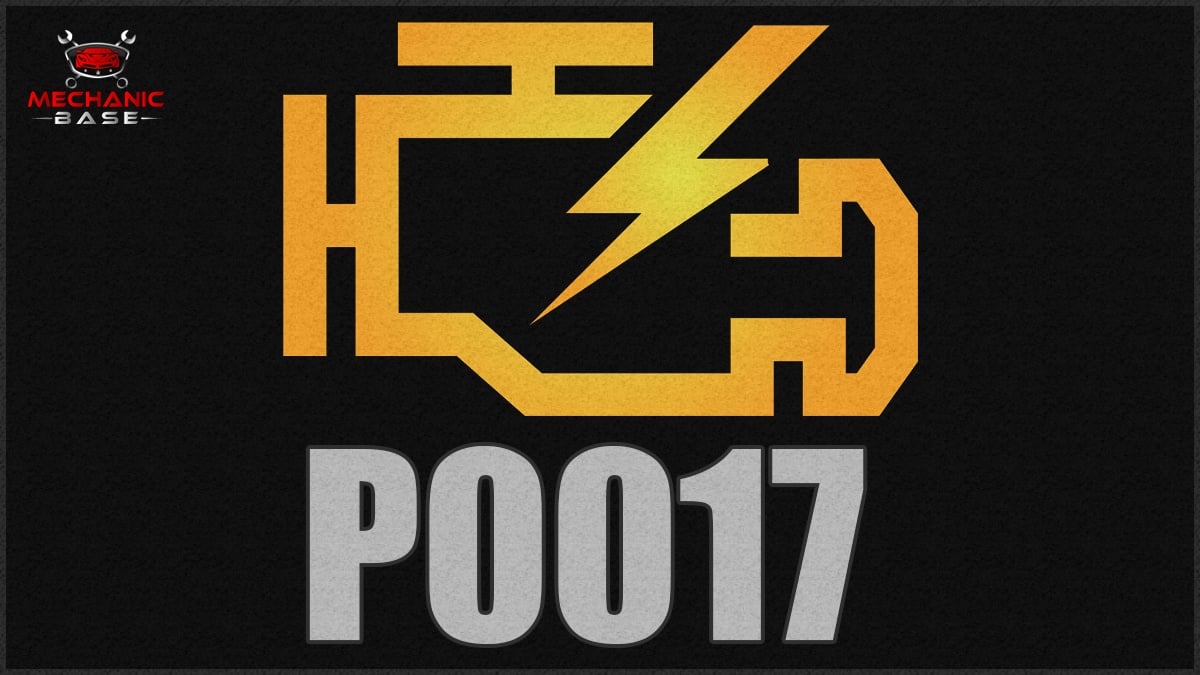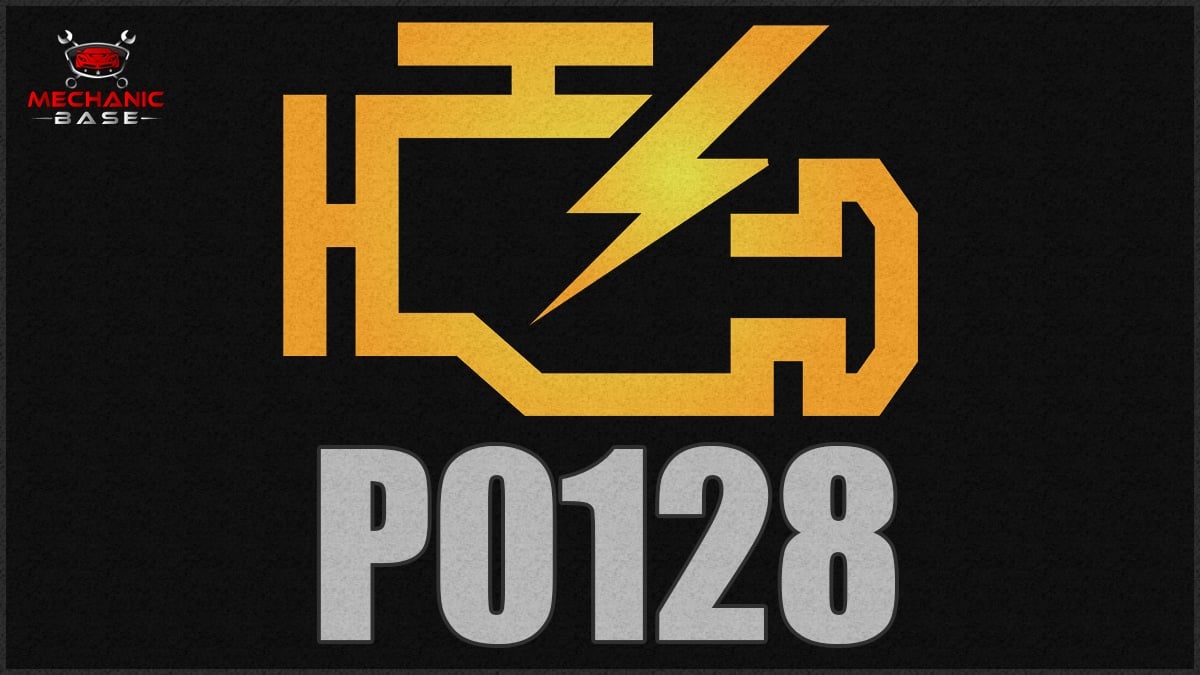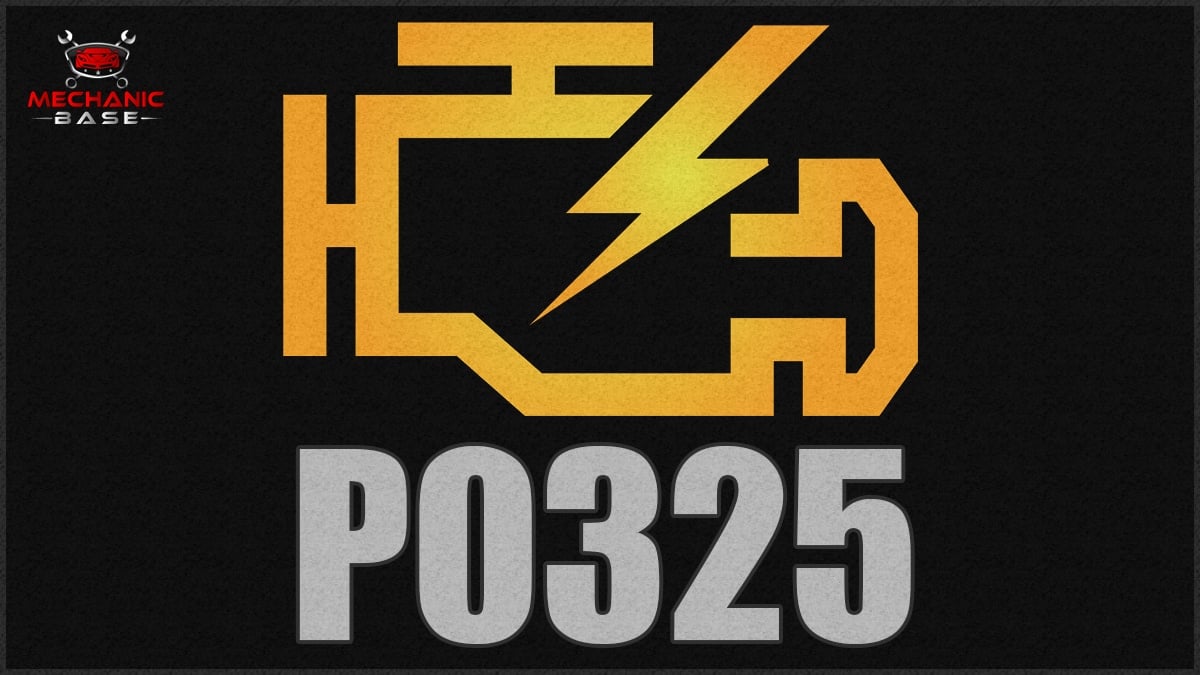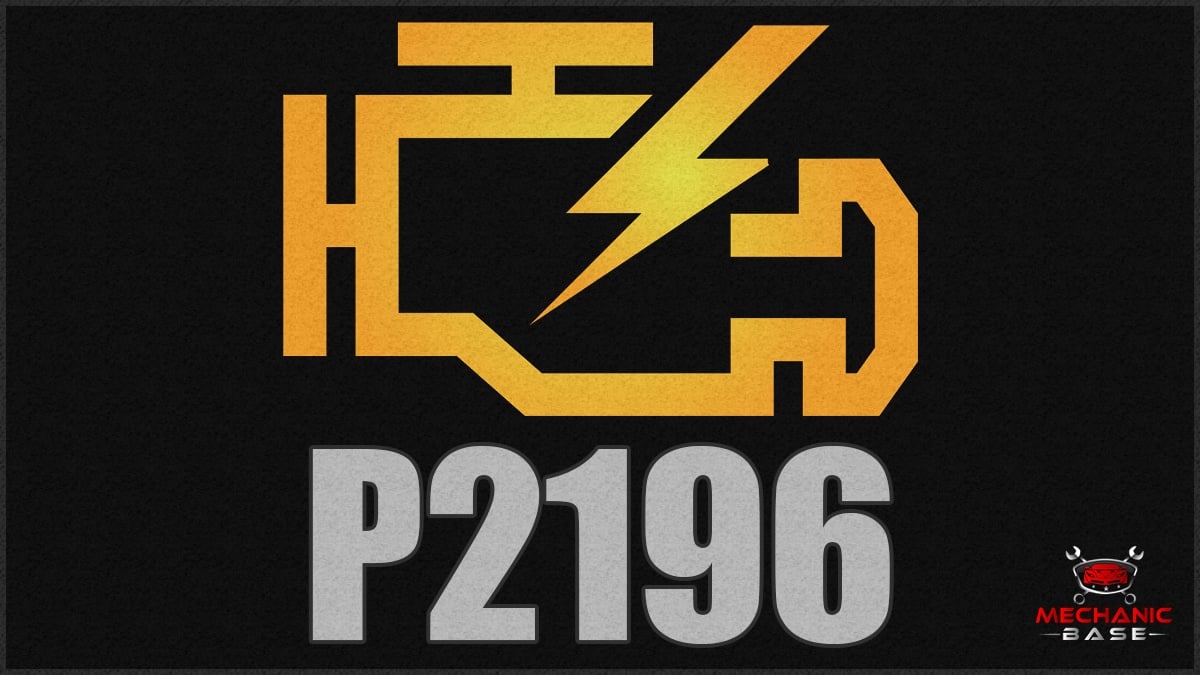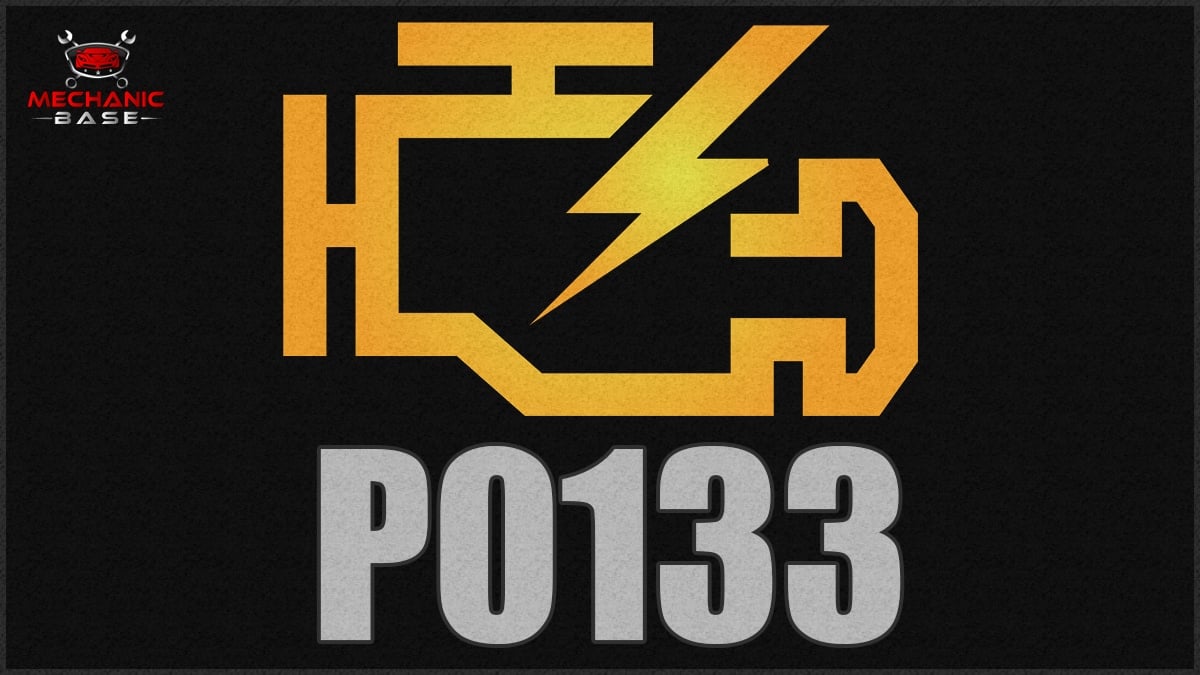The Check Engine Light has come on and you found a P0135 code with your compatible scanner. What’s next? After figuring out what this DTC means, you are ready to fix it.
In this guide, we cover the meaning of the P0135 trouble code. We also evaluate the top symptoms of the P0135 DTC and its main causes while further discussing how to fix them. At the end of the article, you will find some tips and a few answers to your top questions.
Code P0135 Definition
P0135 – Oxygen O2 Sensor Heater Circuit Malfunction (Bank 1, Sensor 1)
What Does the P0135 Code Mean?
P0135 is a generic powertrain code that applies to OBD-II-equipped vehicles. It indicates a problem with the front oxygen sensor on Bank 1, specifically with the heated circuit of the oxygen sensor. The ECM is responsible for tracking the function of the oxygen sensor and its heated circuit.
With the heated circuit, the oxygen sensor requires less time to enter into a closed loop. When the O2 heater hits its operating temperature set by the manufacturer, the sensor reads the oxygen content from the exhaust and converts that value into a voltage measurement that is sent to the engine computer.
The engine control module (ECM) tracks the time it takes until the oxygen sensor starts reading the content. When the ECM determines too much time has gone by, based on the coolant temperature and other factors, it will cause the P0135 code to be set in the computer.
READ MORE: Bank 1 vs Bank 2 – Sensor 1 & 2 (Locate O2 Sensors Fast & Easy)
What Are The Symptoms Of P0135?
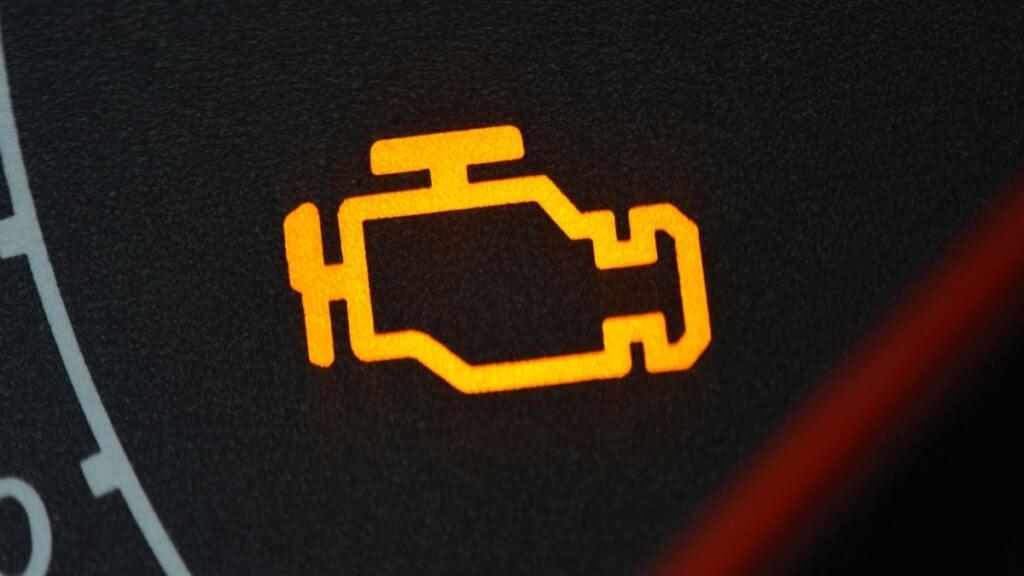
There are usually no strange symptoms occurring with the P0135 trouble code. In many cases, the driver only sees the Check Engine Light but doesn’t recognize anything else is wrong. However, there are times when other symptoms may occur, such as the following.
- Check Engine Light
- Decreased fuel economy
- Erratic idle
- Rough engine performance
What Are The Causes of P0135?
In nearly all cases of the P0135 trouble code, the fault lies with the oxygen sensor or its wiring. Sometimes, the issue can be with external wiring that can be repaired, while other times, it is internal, requiring a new sensor. Here are some possibilities.
- Defective O2 heater element
- Malfunctioning O2 sensor (internal short)
- Blown fuse
- Damaged wiring or connection
- Faulty ECM – rare
How Serious is the P0135 Code?
Medium – Without any drivability issues, the condition may not seem severe. In many cases, it feels perfectly normal to continue driving the vehicle. While the car may be drivable, it may be best to have the problem fixed as soon as you can, either way.
The defective sensor or wiring can lead to other issues with the vehicle, which could cost more money. Additionally, you won’t know if something else goes wrong as long as the Check Engine Light remains on.
How Do I Fix the P0135 Code?
A professional diagnosis is needed to determine the appropriate fix. After you run through the appropriate steps listed below, you will probably find that one of these fixes is necessary.
- Repair or replace damaged wiring/connectors
- Replace bad fuse
- Replace oxygen sensor
- Update or replace ECM
Common P0135 Diagnosis Mistakes
For many people, it makes sense to replace the oxygen sensor at the first sign that something is wrong. Yet, this isn’t the best way to deal with this trouble code. Instead, you want to walk through a complete diagnostics evaluation to first determine what’s wrong. Otherwise, you may just be wasting your time and money.
We recommend first checking these possibilities before replacing the sensor:
- Check the wiring harness for any water intrusion or damage.
- Check the O2 sensor for contaminants or oil.
- Check the fuse to ensure it’s not blown.
More information about these steps is provided in the next section.
How to Diagnose the P0135 Trouble Code?
If you aren’t familiar with the P0135 trouble code or the oxygen sensors, you may want to hire a professional for diagnostics. Otherwise, you can follow these steps and look for more guidance in your service manual.
- Read all of the trouble codes with your compatible scanner. Use our online trouble code library to understand what each code means, as they may fit together as a puzzle and offer more clues as to what’s wrong.
- Look at all of the wiring to and from the oxygen sensor. If there’s any damage to the harness, wiring or connectors, you want to deal with this problem first.
- Next, look at the engine ground connection. The location of this connection is found in the service manual. If there’s a loose connection or corrosion, you want to resolve this before moving on.
- Use your multimeter to determine how much voltage is sent to the oxygen sensor. Disconnect the harness connector to the sensor and turn on the ignition without starting the engine. If there’s enough power, you can move on to the other steps.
- Look for a blown fuse. Check the schematics to figure out which fuse is connected to the oxygen sensor. If the fuse is blown, you want to replace it with one that has the same amp rating.
- If all else fails to reveal a problem, you may want to replace the oxygen sensor.
Beyond these steps, you may have a problem with the ECM. Of course, these issues generally show up in more than one way. Yet, it’s not easy for the common household mechanic to work on the ECM. If it needs to be updated or replaced, you may need to visit a local repair shop.
How Much Does It Cost To Fix Code P0135?
The amount you spend on the repair depends on several factors. It matters what type of car you drive, what the appropriate fix is and the average labor cost in your area. We’ve put together a few estimates with the understanding that you would need to pay a mechanic. If you can perform the repair yourself, the price may be far less.
- Repair wiring or connectors: $50 to $550
- Replace oxygen sensor: $250 to $650
- Replace blown fuse: $25 to $50 ($1 to $10 DIY)
- Update/replace ECM: $250 to $2,500
A Mechanic’s Tips About The P0135 Code
The heater circuit in the oxygen sensor is designed to heat up the internal parts so it can give feedback and information to the ECM sooner. If the heater fails, the oxygen sensor may still provide some data to the ECM, but it can take much more time to receive than normal.
Additionally, it’s normal to see related trouble codes with P0135. These codes listed below are the same problem but point to a different oxygen sensor.
- P0141 – Oxygen Sensor Heater Circuit Malfunction (Bank 1, Sensor 2)
- P0155 – Oxygen Sensor Heater Circuit Malfunction (Bank 2, Sensor 1)
- P0161 – Oxygen Sensor Heater Circuit Malfunction (Bank 2, Sensor 2)
Is code P0135 serious?
In most cases, the P0135 code can be dealt with at your earliest convenience. Most people don’t notice any adverse issues with the P0135 DTC set. However, it’s still wise to repair it so you can avoid further damage and you can turn off the Check Engine Light from the dashboard.
Can I drive with a P0135 code?
If you aren’t noticing any adverse driving symptoms, you may still be able to operate the vehicle normally. You should still get the P0135 trouble code repaired as soon as you can, so no further damage occurs and to get the Check Engine Light turned off.
How do I fix the error code P0135?
A complete mechanical diagnosis is needed to determine what’s wrong. You may simply need to replace a blown fuse or repair bad wiring. There’s also the chance that there’s something malfunctioning with the oxygen sensor, requiring a replacement. In rare cases, the engine control module may require an update or replacement.
Which O2 sensor is P0135?
The P0135 DTC indicates that the problem is with the first oxygen sensor on bank one. Because most modern vehicles have multiple oxygen sensors, it’s best to reference the service manual to determine where this sensor is located on your vehicle.
With the P0135 code set in the computer, you know that there’s an issue with the heated oxygen sensor. However, determining what is causing that problem could require some work. It’s not necessarily true that the oxygen sensor needs to be replaced, as the problem could have to do with the wiring or a blown fuse.
If you aren’t accustomed to working on these parts of the car, it’s best to trust a professional. Otherwise, you could perform the diagnostics and repair on your own and save some money in the process. With so many helpful YouTube videos and the information from your service manual, you should be able to repair the problem, as long as you have some basic mechanical expertise.
Categories: OBD Codes
